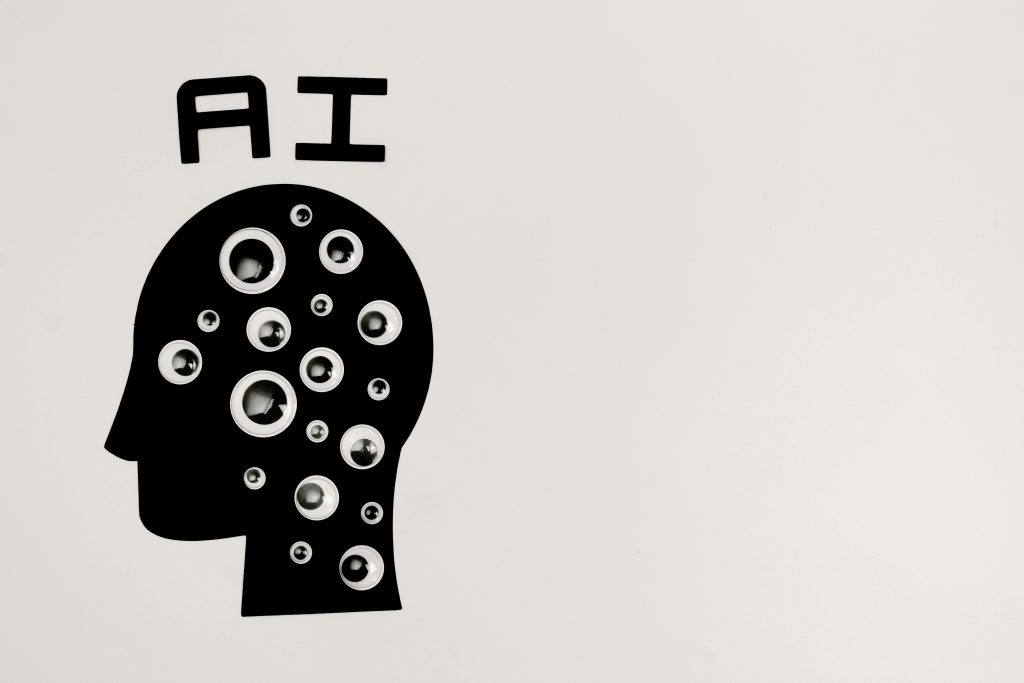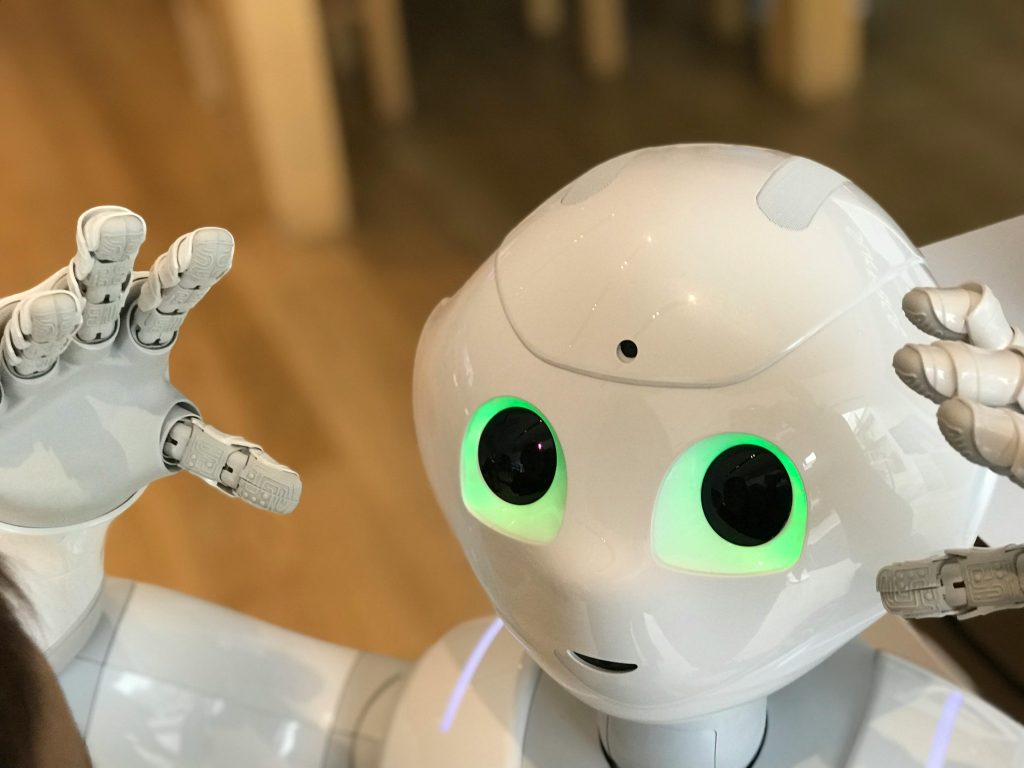While AI is often linked to automation and analytics, it’s now playing a crucial role in tackling one of humanity’s biggest challenges: climate change. Across industries, AI is becoming a powerful tool for environmental sustainability.
Smart AI models analyze weather patterns to improve renewable energy forecasting—ensuring better use of solar and wind power. In agriculture, AI-powered drones and sensors help farmers optimize irrigation and reduce chemical usage, preserving soil and water.
In cities, AI manages smart grids, monitors air quality, and reduces traffic congestion—cutting emissions and energy waste. Google’s DeepMind even helped reduce data center cooling energy by 40% using AI.
Supply chains are also getting greener. AI can track carbon footprints, suggest efficient routes, and minimize waste. Companies are using predictive analytics to reduce overproduction and manage resources more responsibly.
However, AI itself can be energy-intensive—especially large models that require massive computing power. That’s why there’s a push toward green AI, which focuses on building models that are both effective and energy-efficient.
For enterprises and governments alike, using AI for sustainability is a win-win: it supports the planet while improving efficiency and cost-effectiveness.
AI won’t save the world alone—but it’s becoming a vital ally in the fight against climate change.



